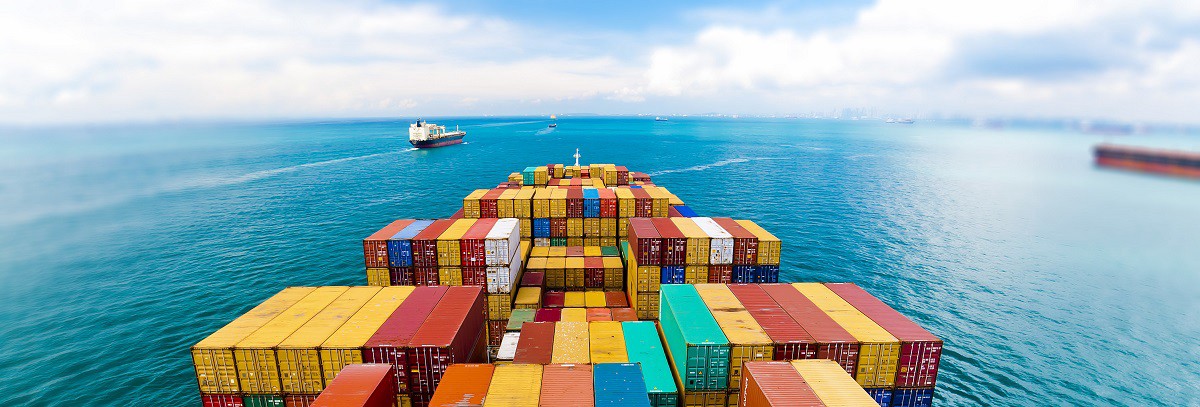
While ocean shipping is already the most carbon-efficient means of moving large quantities of goods around the world, the industry has begun a program of further reducing its carbon emissions while making its operations more environmentally sustainable. There are many methods in which the global shipping giants are making their operations sustainable. From different fuel types to enhanced ship design, large shipping firms are having a positive impact on the environment through their actions.
Brian Ladin of Delos Shipping examines the ways in which global shipping giants are reducing their carbon footprint, paying particular attention to the types of fuel that are needed to power the world’s largest ships.
The Problem with Diesel Fuel
Diesel fuel is a comparatively high polluting source of energy. An unrefined fossil fuel, it emits carbon which contributes negatively to global warming. It also contaminates the world’s environment through its nitrate and sulfur emissions. The biggest culprits in diesel pollution are China and other nations with few environmental regulations.
In addition to encouraging global warming, diesel fuels also emit environmental pollutants that contribute to respiratory ailments like childhood asthma. All fossil fuel emissions have the potential of interacting negatively with the respiratory system, but diesel is a specific problem, along with coal.
Alternatives to Diesel
Most large vessels are built with diesel engines. As time goes by, more vessels are being retrofitted with engines that can accommodate different types of fuel that emit less pollution. For example, many ships are being fitted with engines that can burn liquified natural gas or LNG fuel. LNG is less polluting than diesel and also more fuel-efficient.
While diesel fuel emits pollution, retrofitting ships for other types of fuel can be prohibitively expensive. One of the newest solutions to this problem is the alternative fuel called Plaxx. Plaxx is made from discarded plastics, and it is a more sustainable form of energy than diesel. Plaxx can run in an existing diesel engine, meaning that engines do not need to be retrofitted to use it.
Another viable alternative to diesel is the hydrogen fuel cell. Hydrogen fuel cells are expensive to install, but they emit only pure water. This makes them an ideal choice to cut carbon pollution in the future.
Larger Ships
One of the easiest ways to reduce emissions related to shipping is to build larger ships. With a larger ship, there are less emissions per ton of cargo. The largest cargo ships today have a capacity of over 23,700 TEU (twenty-foot equivalents). These ships are able to operate more efficiently than smaller ships.
New Fueling Options
In addition to fuel cells and Plaxx, there are other options available for future shipbuilders. Renewable energy like wind and solar could potentially be used to power a craft. While these technologies have not been used in large-scale container shipping, they could be used as a supplement to existing sources of energy.
Solar power such as that pioneered by Eco Marine Power, a Japanese company, could save 250 million tons of fuel each year. Eco Marine Power’s system of combined solar and wind power is highly sustainable and could lead to major changes within the shipping industry.
These renewable enhancements can cut a large ship’s emissions by 10 percent, or the equivalent of 4 tons of fuel per day. This may seem like a small amount, but when added together, 10 percent can make a huge difference.
Ship Design Enhancements
To become truly sustainable, ships must not only emit zero carbon, but they must also operate as efficiently as possible in other areas. Innovative design is one of the major ways that marine architects can enhance a ship’s fuel efficiency. When hulls and propellers are optimized, the ships can use less fuel and contribute less to pollution in the environment.
Methods of Reducing Emissions on Current Vessels
Ships can reduce their carbon emissions by up to 30 percent by simply sailing at a slower speed. They can also incorporate high-efficiency scrubbers on their exhaust, recovering a great deal of carbon from the atmosphere.
Methods of Enhancing Sustainability of Ocean Shipping
Taken together, these methods of enhancing the sustainability of ocean shipping will make a serious impact on carbon emissions. When ships release less carbon into the atmosphere, our planet will have a chance of reducing global warming each year. Creative solutions will be needed to make shipping even more environmentally friendly.
Brian Ladin believes that the shipping industry is capable of great change and that the adoption of new fuels, ship designs, and methods will combine to create better results for the global environment. Taking all of these methods into consideration, shipping can keep its crown as the most efficient form of moving cargo per ton while improving the world around us.

